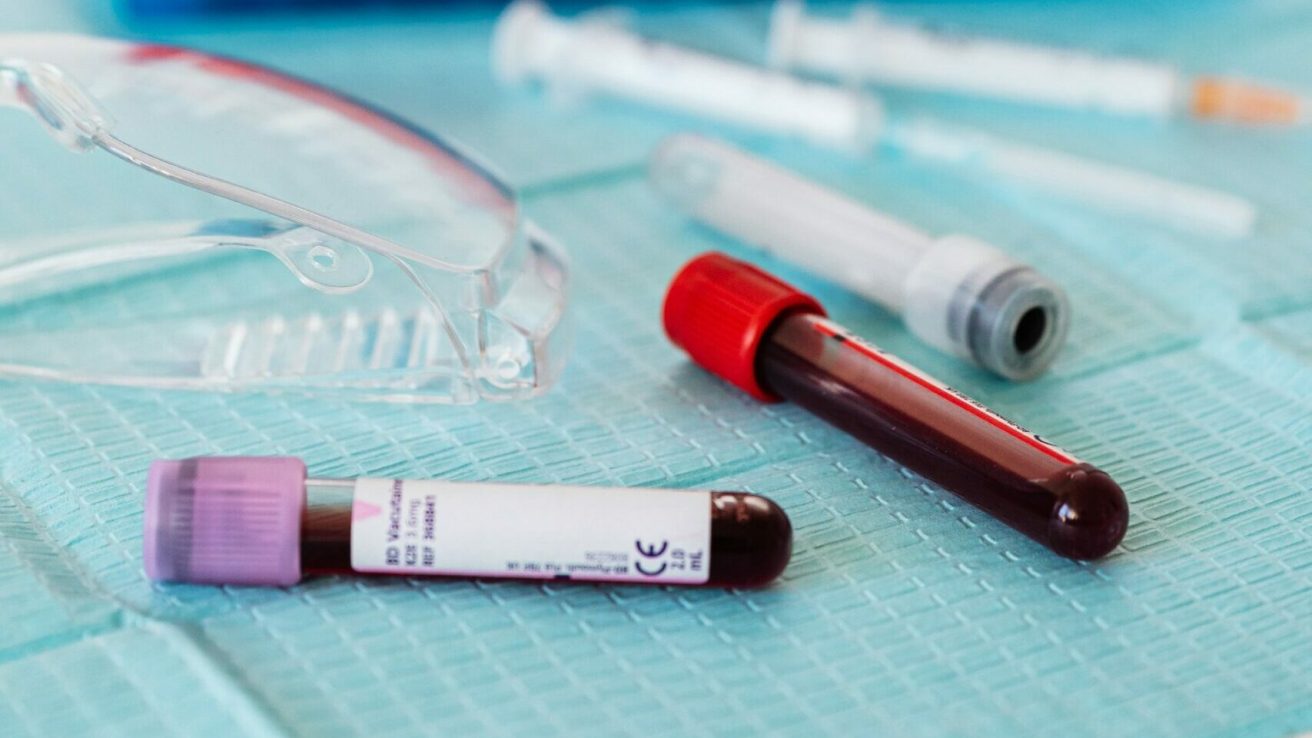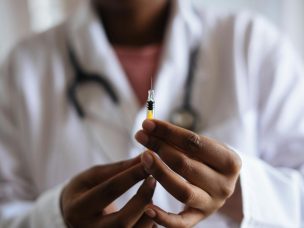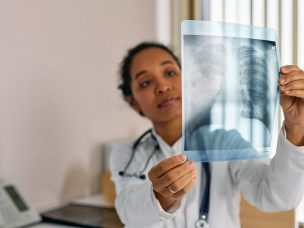Oxidative stress and associated biomarkers are potentially implicated in the pathogenesis of alopecia areata. Novel therapeutic approaches may target these mechanisms for the efficient treatment of alopecia areata.
Alopecia areata (AA) can be referred to as a form of non-scarring hair loss. Oxidative stress (OS) plays a potential role in an imbalanced redox state in AA patients. OS and the synthesis of reactive oxygen species (ROS) can be targeted by novel therapeutic approaches in the treatment of AA. The study findings are published in the journal Antioxidants.
Oxidative Stress and Alopecia Areata Pathogenesis
This review discussed the potential role of OS in AA pathogenesis. OS is otherwise implicated in autoimmune pathogenesis and chronic inflammatory skin disorders. The latter are mediated by increased ROS and reduced antioxidant capacity.
Oxidative Stress and Imbalanced Redox Equilibrium
Studies included in this review discussed an imbalanced redox equilibrium in AA, characterized by reduced antioxidant indices, including paraoxonase-1 (PON1) and superoxide dismutase (SOD), and increased OS markers, including malondialdehyde (MDA) and nitric oxide (NO) in AA patients. Oxidation levels correlate with the degree of AA severity. While most studies describe an imbalance in the redox state, some do not yield the same findings.
Markers of Autophagy in Alopecia Areata Pathogenesis
Alterations in autophagy are potentially associated with the development of AA, represented by altered levels of autophagy markers, such as increased p62 and decreased LC3B and ATG5 in the hair matrix.
AA and OS Biomarkers
The potential OS biomarkers highlighted in this review include ischemia-modified albumin, MDA, and advanced glycation end-products. These biomarkers are potentially useful diagnostic, treatment, and monitoring tools in AA. Other OS biomarkers include PON, SOD, glutathione, and catalase. These biomarkers are also observed in other autoimmune and chronic inflammatory conditions, such as atopic dermatitis.
Potential Therapeutic Approach in AA
The main cytokines associated with AA include interleukin (IL)-15 and interferon-gamma (IFN-γ), which are activated by the JAK-STAT pathways. Vitamin D supplementation may inhibit JAK-STAT activation pathways by inducing CD25 and Foxp3 expression, increasing differentiation of Treg cells and stimulating the immune tolerance mechanism. JAK/STAT inhibitors are also potential therapeutic approaches in AA, including tofacitinib and ruxolitinib, which reduced CXCL10 levels and blocked the IL-17 axis, respectively. This promotes the production of vascular endothelial growth factor (VEGF) and angiogenesis.
This review discussed the role of OS and biomarkers in the pathogenesis of AA, which is marked by an imbalance in the redox equilibrium state. Potential therapeutic approaches that target OS and biomarkers include vitamin D supplementation and JAK/STAT inhibitors.
Source:
Peterle, L., Sanfilippo, S., Borgia, F., Cicero, N., & Gangemi, S. (2023). Alopecia Areata: A Review of the Role of Oxidative Stress, Possible Biomarkers, and Potential Novel Therapeutic Approaches. Antioxidants (Basel), 12(1). https://doi.org/10.3390/antiox12010135










